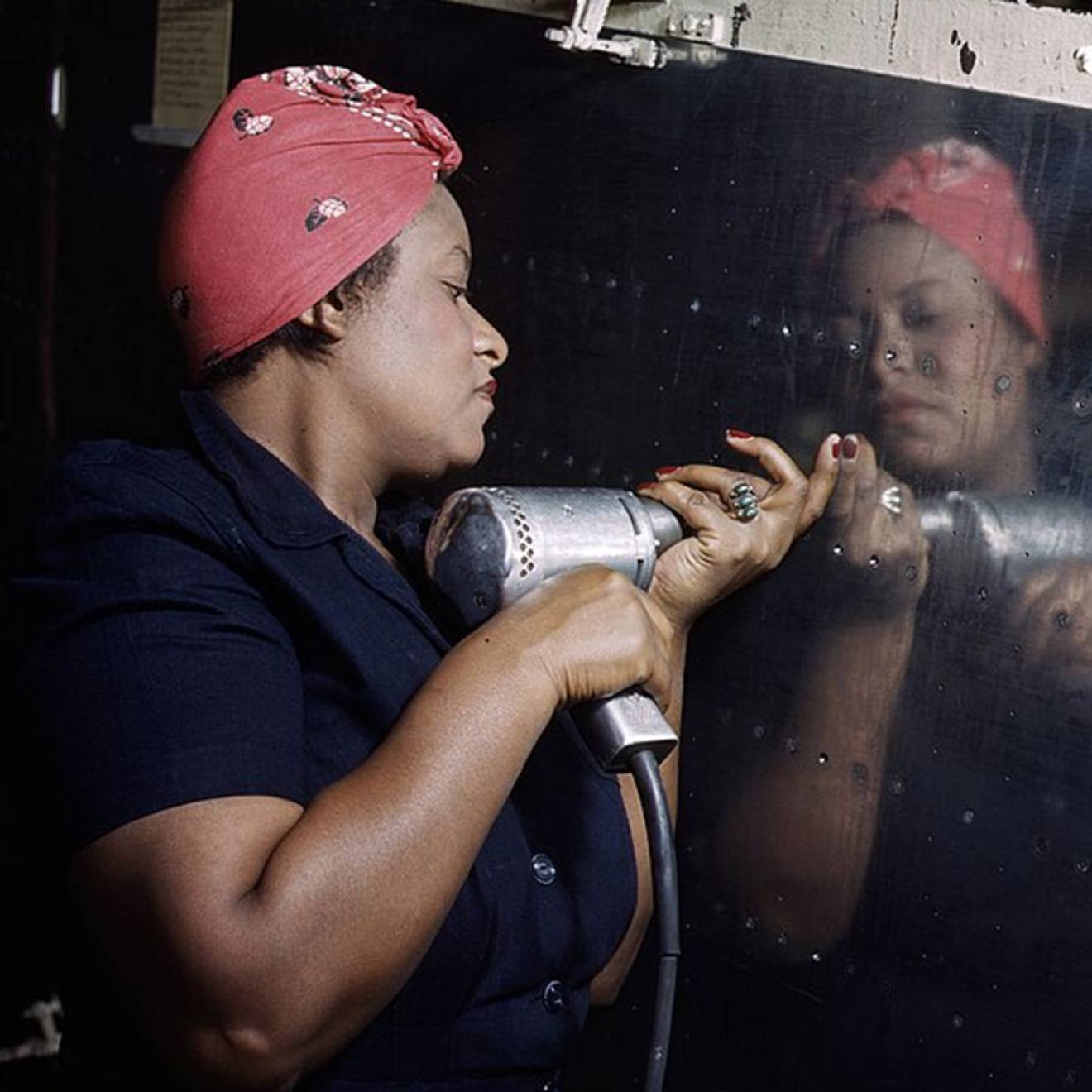Iqbal Pittalwala, UC Riverside
University of California, Riverside scientists are using 3-D printing technology to study a beetle that is causing severe damage to avocado and landscape trees in Southern California.
The beetle in question is the polyphagous shot hole borer, an ambrosia beetle that originated in Southeast Asia. It has a symbiotic relationship with a fungus (Fusarium euwallaceae). Researchers Richard Stouthamer, Akif Eskalen and R. Duncan Selby are using the new technology to accelerate their study of this beetle-fungus complex.
To infect the trees with the fungus, the polyphagous shot hole borer drills holes in the trees. It then burrows deep inside the tree, crippling the vascular tissue — the water-transporting mechanism — and blocking the transport of water and nutrients from the roots to the rest of the trees.
The beetle larvae live in galleries within the tree and feed on the fungus. Affecting roughly 35 different tree species, the beetle causes branch dieback and eventually the trees die. Avocado trees are particularly at risk. The beetle also attacks roughly 25 percent of street trees.
Each street tree costs its city about $1,000. Avocado is a $400 million industry yearly in California. The polyphagous shot hole borer has invaded the San Diego and Los Angeles areas. The beetle is now spreading toward Ventura County, threatening avocado trees there.
Traditionally, scientists had to cut an infected tree to study how the beetle worked its way inside the tree. Traps prevent this need. They take advantage of the fact that the beetle uses the same entry hole to exit the tree. With 3-D printing, the UC Riverside scientists have been able to deepen their research on the activities of the beetle inside the tree without having to fell the tree. They can also determine how many offspring the beetle produces — a statistic they could not compile before. Further, they can perform pesticide experiments aimed at controlling the beetle and the fungus that could not be done easily before.
“Before we began using the 3-D printed traps, we could not quantify how well the pesticide worked without felling the trees,” says Stouthamer, a professor of entomology. “The 3-D printed traps allow us to quantify the activities of the beetle inside the trees.”
Printing a single trap costs about $1.30. (Traps made from PVC and copper are far more expensive.) Typically, a 3-D printer for printing traps costs about $1,200. The 3-D printed traps, being standardized devices, have greatly sped up the research for Stouthamer, Eskalen and Selby.
Southamer is available to discuss with reporters how 3-D printing could help save avocado and landscape trees. Eskalen, an associate plant pathologist, can discuss the beetle-fungus complex and the damage it has causes. Selby, a postdoctoral researcher in Stouthamer’s lab, can discuss how this technology can be applied to study other research problems in entomology.

